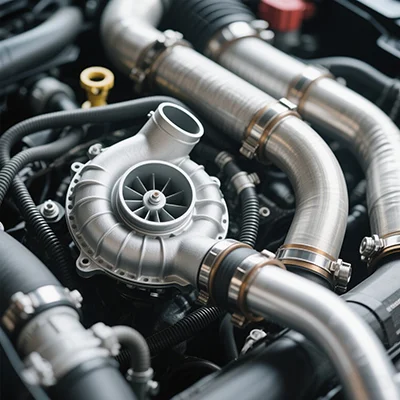In the realm of printing technology, laser printers have gained a reputation for their speed, efficiency, and high-quality output. However, like any technology, they come with their own set of disadvantages that potential buyers should consider before making a purchase. In this article, we will delve into the cons of laser printers, providing a comprehensive analysis that goes beyond the surface-level understanding of this popular printing solution.
- Initial Cost and Investment
One of the most significant drawbacks of laser printers is their initial cost. Compared to inkjet printers, laser printers typically have a higher upfront price tag. This can be a deterrent for small businesses or individuals who are looking for a budget-friendly printing solution. While laser printers are often more economical in the long run due to their lower cost per page, the initial investment can be a barrier for many users.
- Size and Portability
Laser printers tend to be bulkier and heavier than their inkjet counterparts. This can pose a challenge for users with limited space or those who require a portable printing solution. The larger footprint of laser printers means they may not fit comfortably in smaller home offices or shared workspaces. Additionally, moving a laser printer can be cumbersome due to its weight, making it less ideal for users who need to relocate their equipment frequently.
- Warm-Up Time
While laser printers are known for their speed, they do require a warm-up period before they can start printing. This warm-up time can vary depending on the model but typically ranges from a few seconds to several minutes. For users who need to print documents quickly and on-demand, this delay can be frustrating. In contrast, inkjet printers can often start printing almost immediately, making them more suitable for environments where speed is of the essence.
- Limited Color Range
Although laser printers have made significant advancements in color printing, they still fall short compared to inkjet printers in terms of color vibrancy and range. Laser printers use a four-color process (cyan, magenta, yellow, and black) which can limit the depth and richness of colors in printed materials. For graphic designers, photographers, or anyone who requires high-quality color prints, this limitation can be a significant drawback. Inkjet printers, on the other hand, can produce a wider spectrum of colors and are often preferred for color-sensitive applications.
- Toner Costs and Environmental Impact
While laser printers generally have a lower cost per page, the price of toner cartridges can add up quickly. Toner cartridges are typically more expensive than ink cartridges, and users may find themselves spending a considerable amount on replacements, especially in high-volume printing scenarios. Furthermore, the environmental impact of toner cartridges is a concern. Unlike ink cartridges, which can often be recycled, toner cartridges can be more challenging to dispose of responsibly, contributing to environmental waste.
- Maintenance and Repairs
Laser printers require regular maintenance to ensure optimal performance. This includes cleaning the printer, replacing toner cartridges, and occasionally servicing the machine to prevent issues such as paper jams or print quality degradation. For businesses that rely heavily on printing, the time and cost associated with maintenance can be a significant drawback. Additionally, repairs for laser printers can be more complex and costly compared to inkjet printers, which may deter users from investing in this technology.
- Noise Levels
Another often-overlooked disadvantage of laser printers is their noise level during operation. While many modern laser printers have made strides in reducing noise, they can still be louder than inkjet printers, especially during the printing process. This can be a concern in quiet office environments or home settings where noise levels need to be kept to a minimum.
Conclusion
While laser printers offer numerous advantages, including speed, efficiency, and high-quality text output, it is essential to weigh these benefits against their potential drawbacks. From higher initial costs and maintenance requirements to limitations in color printing and environmental concerns, understanding the cons of laser printers can help you make an informed decision. Before investing in a laser printer, consider your specific printing needs, budget constraints, and the environment in which you will be using the device. By doing so, you can ensure that you choose the right printing solution for your requirements.

